Science has a habit of tripping over its own feet and discovering something new. A forgotten sample, a sudden spark, or a tool used the wrong way can end up reshaping daily life. These surprising moments began as mistakes yet quietly redirected medicine, food, and technology in lasting ways.
Penicillin’s Moldy Surprise
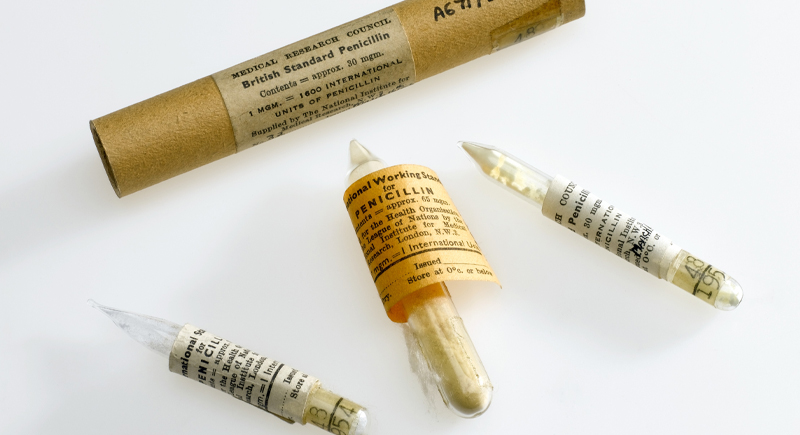
Alexander Fleming returned from vacation in 1928 to find a Petri dish contaminated with mold and noticed the bacteria around it had stopped growing. That mold, from the Penicillium genus, became penicillin. Later, Howard Florey and Ernst Boris Chain refined it during WWII, and countless lives have been saved since then.
Microwave Magic Begins With Candy
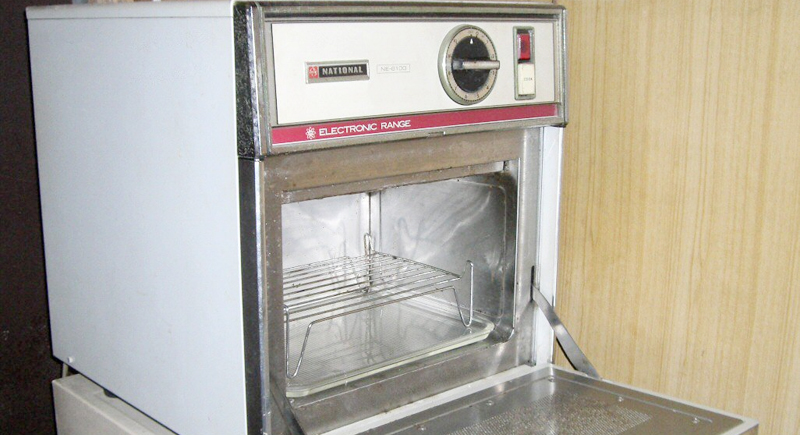
While working on radar equipment in the 1940s, engineer Percy Spencer noticed the chocolate in his pocket had melted. Curious, he aimed microwave energy at popcorn kernels, which promptly popped. This sparked the development of the first commercial microwave oven in 1947.
A Dog Inspires Velcro
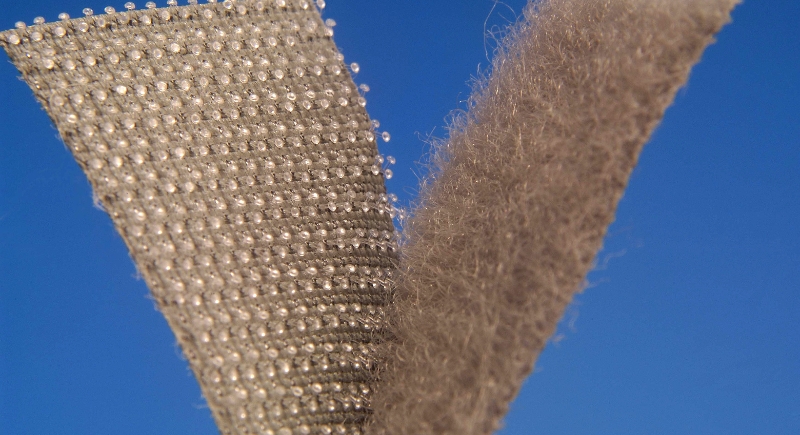
Burrs clinging stubbornly to socks and to a dog’s fur caught George de Mestral’s attention. Looking closer under a microscope, he saw tiny hooks latching onto loops. That natural design became Velcro, now found on jackets, shoes, and even space suits.
Tea Bags Born From Misunderstanding

Thomas Sullivan, a New York tea merchant, mailed samples in small silk pouches. Customers, unsure of their purpose, lowered the entire packet into hot water and discovered the tea brewed perfectly through the fabric. Manufacturers improved the idea and developed the paper tea bag we know today.
Play-Doh’s Second Life
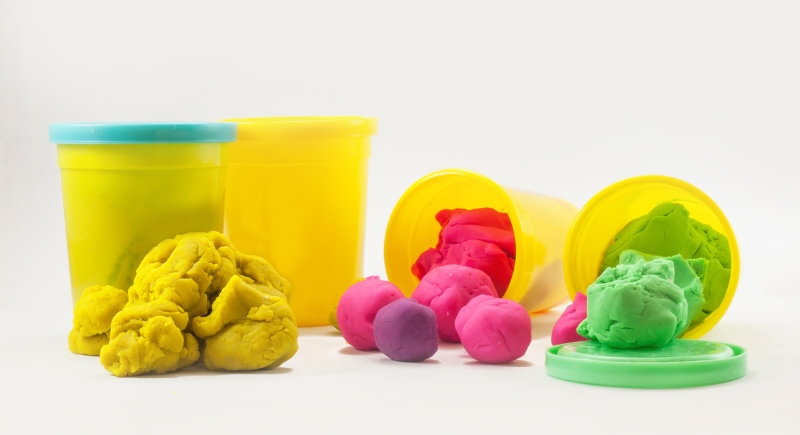
Before Play‑Doh became the colorful and dependable stuff it is today, it was born from the idea of an employee to turn the then-dropping Kutol Products into a modeling toy for kids. Thankfully, it found success as much as the once-reliable Kutol Products used to soot off wallpaper.
Post-it Notes Stick Around
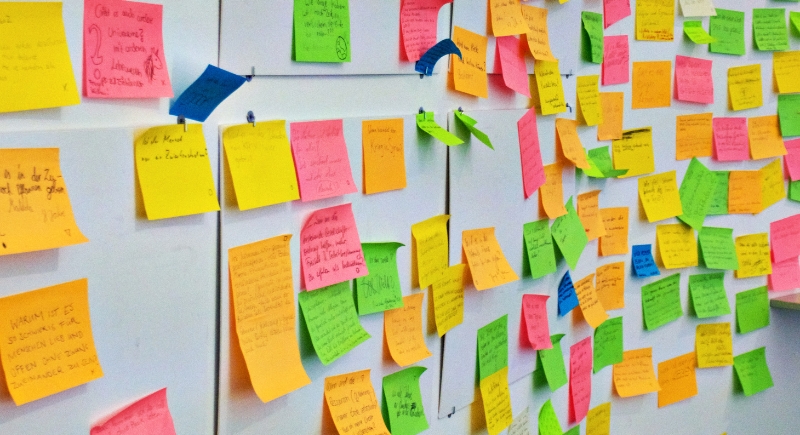
Post-it Notes are now essential for official office use. It traced its history back in the late 1960s when scientist Spencer Silver accidentally created a low-tack adhesive. Initially, it was dismissed as a failure, but it found purpose when colleague Art Fry needed bookmarks that wouldn’t damage paper.
Safety Glass Saves Lives
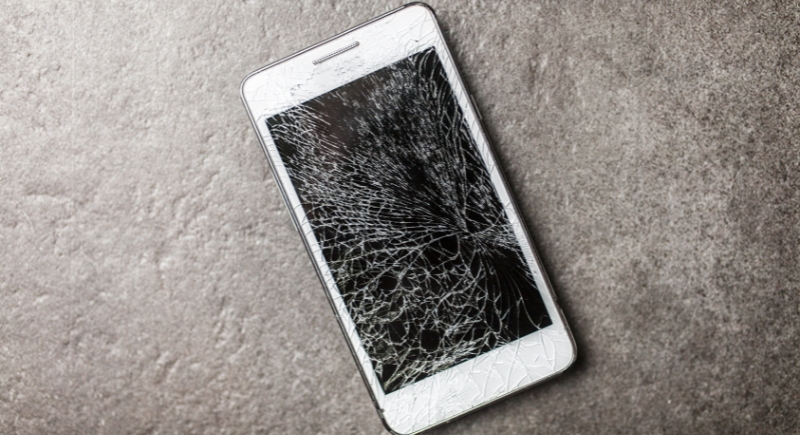
Ever wondered why your phone screen doesn’t explode into sharp pieces when it cracks? Back in 1903, Édouard Bénédictus accidentally dropped a coated glass flask and noticed it stayed in one piece, thanks to a cellulose nitrate coatin. That moment inspired designs that now keeps windshields and everyday surfaces far safer.
Teflon Slips Into Kitchens
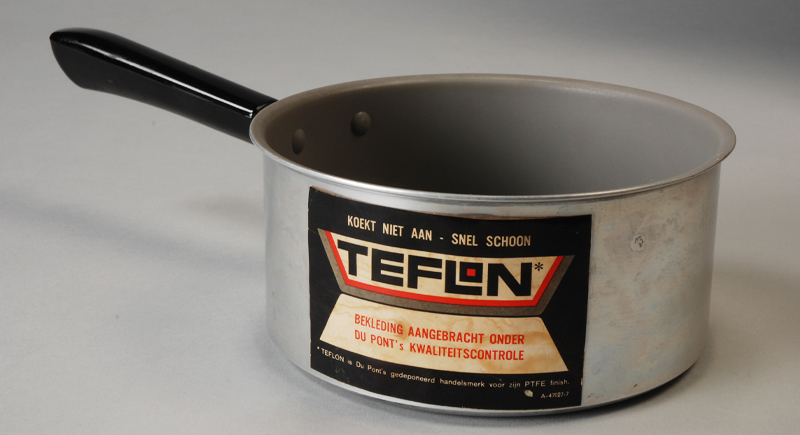
In 1938, chemist Roy Plunkett stored a gas called tetrafluoroethylene in a pressurized cylinder. When he opened it, he found a solid, slick white material instead. This substance, later named Teflon, resisted heat and chemicals. It was then used in service applications and cookware.
Pacemaker’s Lucky Circuit Error
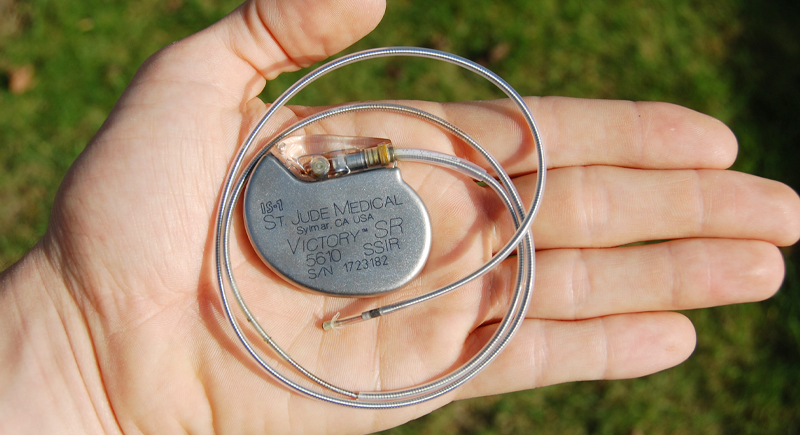
Millions of people today rely on a tiny device that quietly keeps their hearts beating in rhythm. All thanks to engineer Wilson Greatbatch, who installed the wrong resistor. Instead of a steady signal, the circuit emitted rhythmic electrical pulses. He saw potential in controlling heartbeats and developed the first implantable pacemaker.
Corn Flakes From Forgotten Dough

A pot of cooked wheat sat too long in the Kellogg brothers’ kitchen. Rather than throw it out, they rolled the dough and watched it flake apart. Baking those pieces created a new kind of cereal. Switching to corn later turned the product into a breakfast staple across the country.
X-Rays Reveal the Invisible

Wilhelm Conrad Röntgen noticed an unusual glow on a screen while experimenting with cathode rays in 1895. Objects blocked the rays differently and revealed shadows of bones and tools. His wife’s hand produced the first X-ray image, and this accidental discovery earned Röntgen the first Nobel Prize in Physics in 1901.
Saccharin Sweetens By Chance
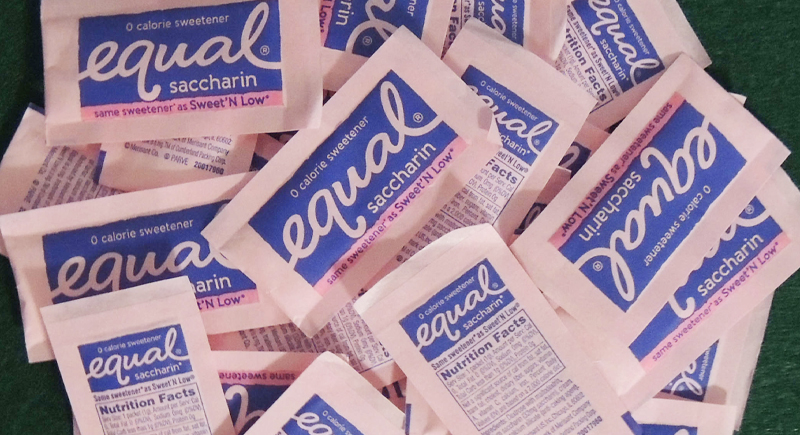
After hours handling compounds in his lab, Constantin Fahlberg sat down to eat and detected an unexpected sweetness on his fingers. Tracing it back to his work revealed saccharin. What started as an unnoticed residue became an alternative to sugar, used widely by people monitoring their diets or health conditions.
Vulcanized Rubber After a Spill
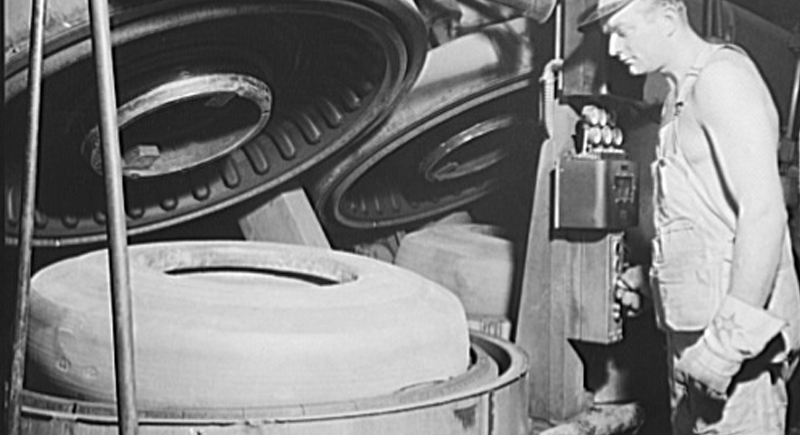
Charles Goodyear struggled for years to make rubber stable. One day, he spilled a mix of rubber and sulfur on a hot stove. Instead of melting, the material became strong and elastic. That process, vulcanization, made rubber reliable for tires, shoes, and countless other products.
Chocolate Chip Cookies Were Not Planned

In 1930, Ruth Wakefield ran out of baker’s chocolate at the Toll House Inn and added chopped semisweet bars to cookie dough. Expecting them to melt evenly, she instead created pockets of soft chocolate. These cookies became so popular that Nestlé partnered with her and printed the recipe on their packages.
Super Glue Sticks by Mistake
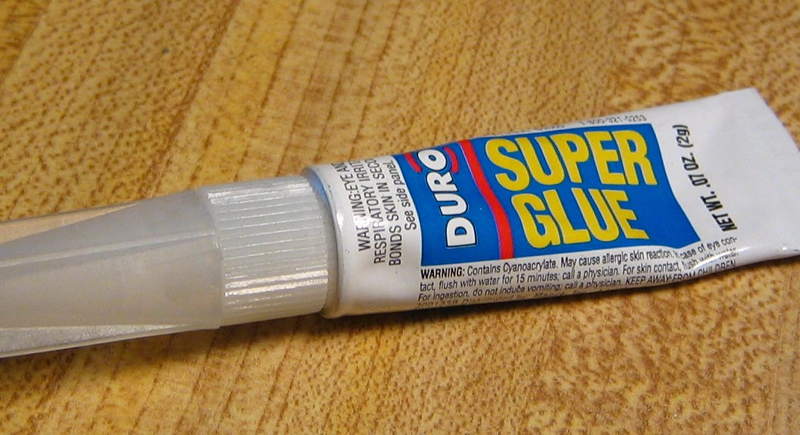
During WWII, Harry Coover tested chemicals for clear sights. One formula bonded so quickly that it was considered a nuisance and shelved. Years later, colleagues saw its value. By 1958, it became Super Glue, changing everything from home repairs to creative projects.